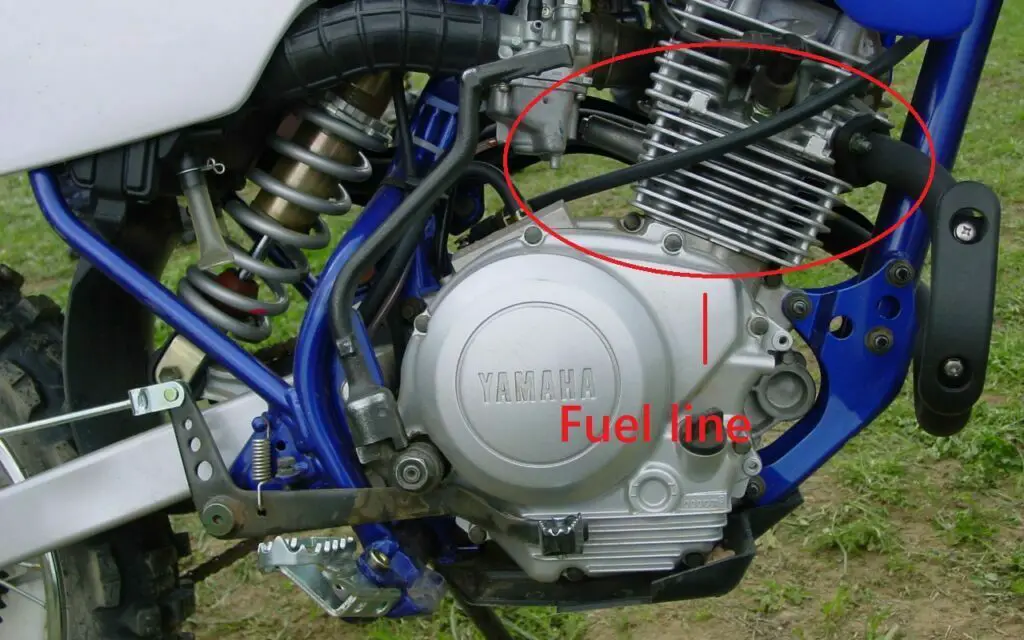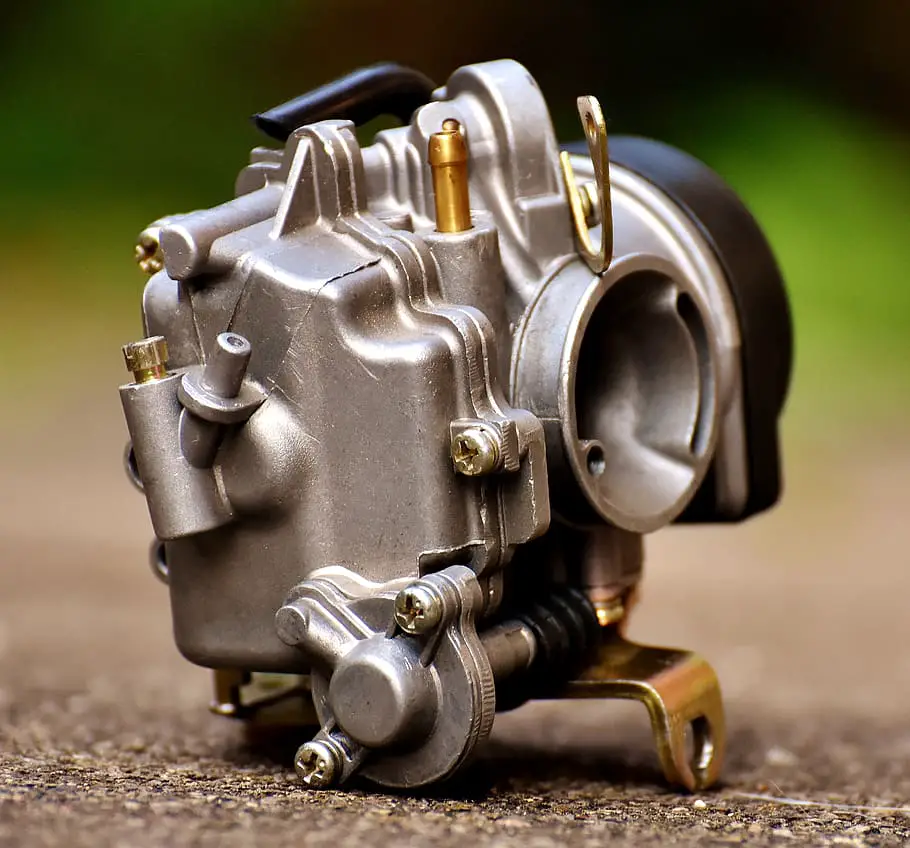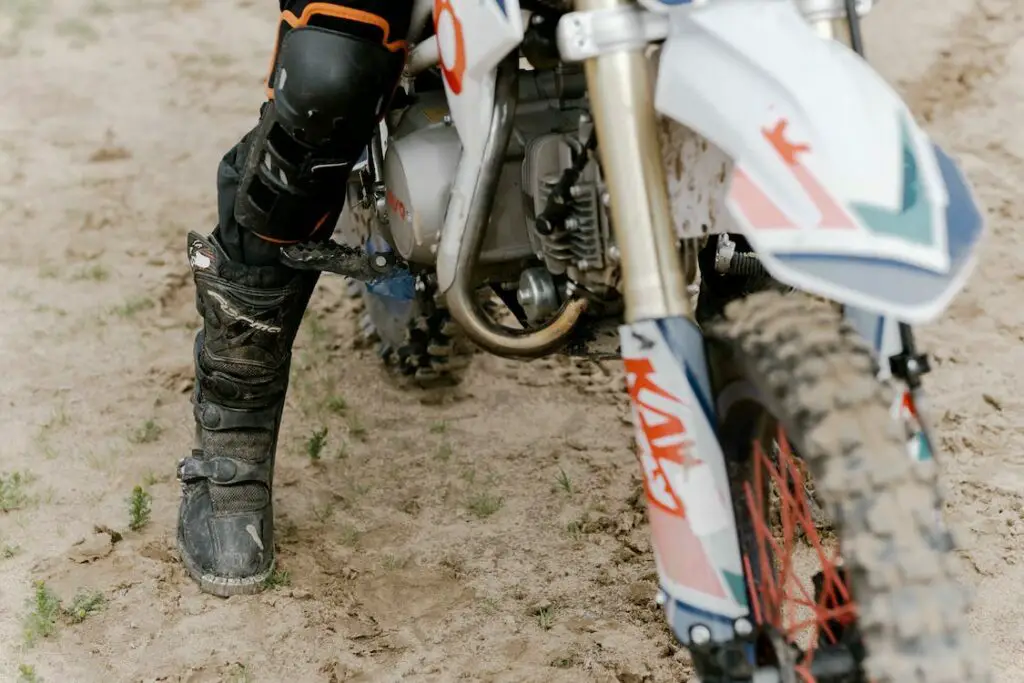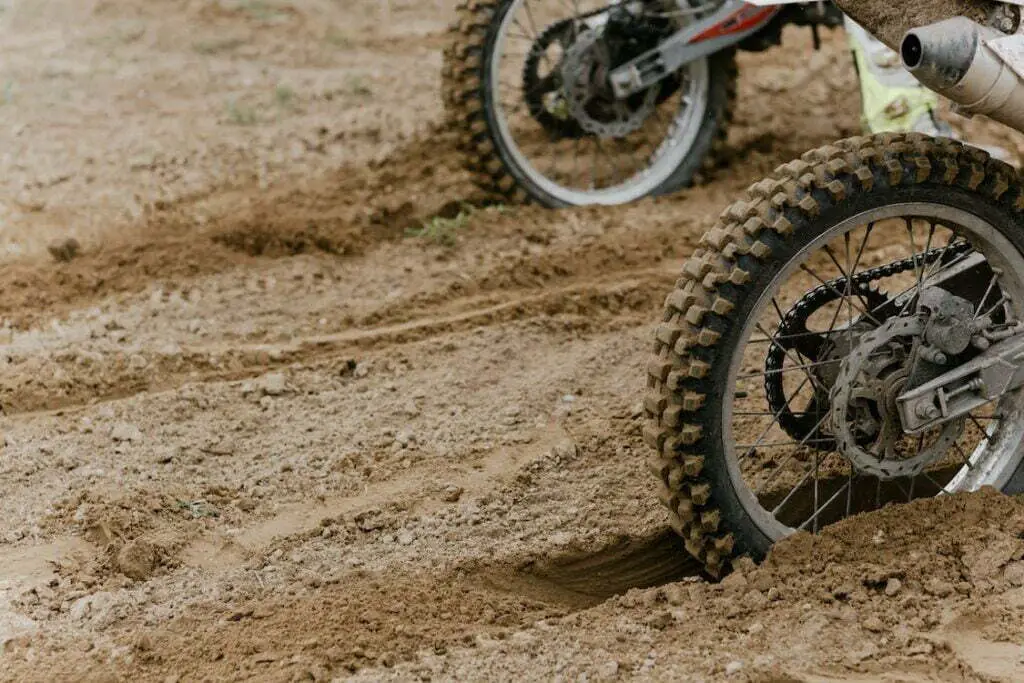Imagine this: you’re riding your dirt bike on a trail, feeling the adrenaline rush as you approach a hill.
You twist the throttle to gain more speed, but instead of accelerating, your bike feels sluggish and unresponsive.
Or maybe you’re about to start your dirt bike for a fun ride, but it takes several tries and a lot of frustration to get it running.
There could be a few culprits behind this, but the most probable cause is your dirt bike carb not getting fuel.
A dirt bike carburetor has several components, such as a fuel line, a fuel filter, a float valve, and jets, that work together to deliver the fuel to the engine.
If any of these components are clogged, dirty, or damaged, the fuel flow will be disrupted, and your dirt bike will suffer.
If your dirt bike is experiencing these scenarios and symptoms, there’s no need to panic.
In this post, we’ll go through the possible causes of your dirt bike carb not getting fuel and how you can solve this dilemma without bringing your bike to a mechanic.
Possible Causes of Dirt Bike Carburetor Not Getting Fuel
If your dirt bike carburetor is not getting enough fuel, it’s time to look for the possible causes so you can solve the issue down to its roots. Here are some things to check:
1. Clogged Fuel Line
Fuel lines are the tubes that connect your fuel tank to your carburetor.
They deliver the fuel to the engine to burn and produce power.
Fuel lines can get clogged by dirt or debris, old or damaged fuel lines, or bad fuel that has formed deposits or water in your fuel lines.

Here’s a quick way to check your fuel line and fix the problem:
- Take off the fuel line from the carburetor. It’s the rubber tube that connects the gas tank to the engine.
- Try to blow through the fuel line. If you can do it easily, then it’s clear. If you can’t, it’s clogged, and you must clean it or get a new one.
- Look at the fuel line for any damage. You need to get a new one if you see any cracks, holes, or bends.
- Put the fuel line back on the carburetor. Make sure it’s not loose or leaking.
- Start your dirt bike and see how it runs. If you still notice an issue, you might have other problems with your carburetor or engine.
2. Dirty Fuel Filter
Over time, the fuel filter can get dirty and clogged with everything it filters out.
When it’s too dirty, it can’t filter contaminants properly, which can cause the carb to become clogged, resulting in poor fuel delivery.
To fix this issue, you only need to clean the fuel filter.
Here’s how:
- Locate the fuel filter. It is usually located near the fuel tank or under the seat.
- Disconnect the fuel lines from the fuel filter.
- Remove the fuel filter from the hoses.
- Clean the fuel filter. You can use a mild solvent, such as gasoline or denatured alcohol, to dissolve any dirt or debris inside the filter. You can also gently use a soft brush or a toothpick to scrape off stubborn deposits.
- Reinstall the fuel filter.
- Start the engine and check for leaks.
3. Stuck Float Valve
Sometimes, the float valve, the one responsible for your engine’s air-fuel mixture, can get stuck open or closed.
This can result in fuel starvation (when fuel can’t get into the car due to a stuck float valve) or flooding (when too much fuel enters the carb because the float valve is stuck open).
Both situations can hurt your engine and mess up your ride. But don’t worry – you can fix the float valve yourself with some tools and mechanical skills. Here’s what you need to do:
- Disassemble the carburetor. You may need to remove some hoses and wires, so take a picture before proceeding.
- Take off the float bowl. This is usually held by four screws at the bottom of the thing. Be careful not to spill any gas or lose any parts.
- Find the float valve. It is connected to a metal arm that connects to the float. The float is a plastic or metal piece that floats on top of the gas in the bowl.
- Loosen the screw that holds the float valve in place.
- Use a screwdriver to move the needle valve up or down until the gas level is about 1/8 inch below the top of the bowl. You can check this by holding the thing upside down and looking at where the gas reaches on the side of the bowl.
- Tighten the screw to keep the float valve in place.
- Put back the float bowl and the carb.
- Start your engine and test your dirt bike. If everything is OK, you should see your bike run smoothly again.
4. Blocked Jets in Carburetor
Carburetor jets are small holes in the carburetor that makes your engine run.
If the jets are blocked, the gas and air mix will be too lean or rich, resulting in issues like slow speed, rough sound, popping noises, or even engine damage.
Varnish buildup and old gas are the two main reasons for clogged jets.
Here’s how you can clean your carb jets:
- Take off the carburetor from the engine.
- Disassemble the carb and take out the jets.
- Soak the jets in carb cleaner for 30 minutes. You can use a spray can or a bucket of cleaner.
- Use a wire brush or a small drill bit to clean the jets
- Rinse the jets with water.
- Blow the jets dry with air. You can use an air compressor or a canned air duster.
- Assemble the carburetor and reinstall it in the engine.
- Test ride to see if the symptoms are gone.
You can also use an air compressor gun or canned air duster to clean the jets if they’re not too clogged.
Here’s one good way to clean your dirt bike carb jets:
Wrapping up
A dirt bike is only as good as its carburetor.
If your carb is not getting enough fuel, your bike will run poorly or not at all.
That’s why keeping your carburetor in good shape and diagnosing fuel issues as soon as possible is essential.
For a faster diagnosis of your carburetor, start with the simple things first.
Check your fuel level and ensure it’s not too low or dirty.
Then check your float valve and see if it’s stuck or damaged.
These are the most common causes of a dirt bike carb not getting enough fuel.
If you have ruled out these simple things, you can start looking at the more complicated stuff, like the jets.
If you have checked all these things and your dirt bike carb is still not getting enough fuel, you may have a more serious problem requiring professional help.
You may need to take your carburetor to a qualified mechanic for further diagnosis and repair.
Don’t worry – sometimes, even the best dirt bikers need a hand from the experts!




